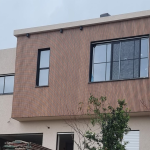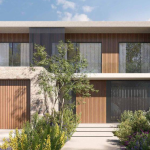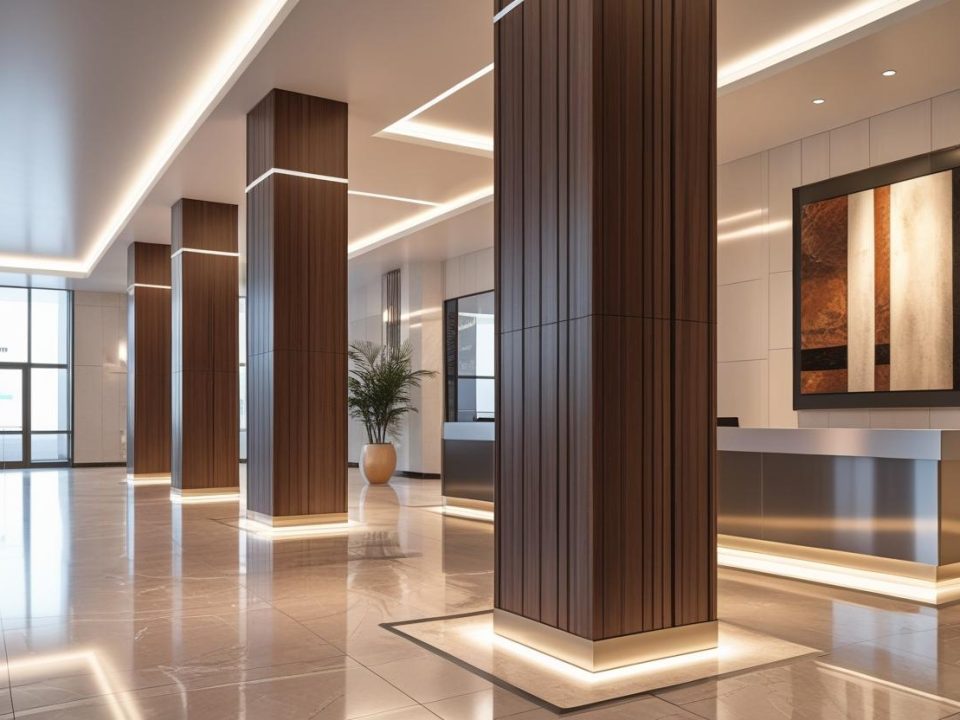
What is the difference between steel and aluminum cladding?

The Impact of Color Choices on Aluminum Cladding and Building Design

Buildings near the ocean face unique challenges, including salt spray, high humidity, and strong winds.
It’s crucial to choose the right materials that can withstand these harsh conditions while maintaining their beauty and integrity.
Aluminum cladding emerges as an ideal choice for such scenarios, and here’s why.
Introduction to Coastal Challenges
Coastal environments are beautiful but demanding, posing a series of challenges for any construction material.
The salt in the sea air is highly corrosive, and when combined with high humidity, it can accelerate the deterioration of many materials.
Buildings in these areas require exterior cladding that not only resists these corrosive elements but also withstands the force of coastal storms.
Aluminum cladding stands out as a robust solution for these environments.
Its natural corrosion resistance, durability, and aesthetic flexibility make it a popular choice for architects and builders looking to combine functionality with style.
Why Aluminum Cladding?
Aluminum cladding offers several benefits that make it ideal for coastal environments.
First and foremost, aluminum naturally forms a protective oxide layer when exposed to air, which protects it against corrosion from salt and moisture.
This makes it exceptionally long-lasting in harsh seaside conditions.
Moreover, aluminum is lightweight yet strong, allowing for creative architectural designs without placing excessive stress on the building’s structure.
Its versatility in finishes and colors enables architects to achieve various looks, from modern and sleek to traditional and subtle.
Design Considerations for Coastal Buildings
When designing buildings for coastal areas, it’s essential to consider the impact of the environment on the materials used.
Aluminum cladding can be customized to enhance its protective properties, such as through anodizing or applying special coatings that further resist corrosion and UV damage.
Additionally, the design should incorporate features that allow for ventilation and drainage, preventing moisture accumulation.
Properly designed aluminum cladding systems can help mitigate these concerns, ensuring the building’s exterior remains pristine and functional over time.
Choosing the Right Grade of Aluminum Cladding
Not all aluminum is created equal, especially when it comes to external cladding in coastal environments.
Specific grades of aluminum are better suited for these conditions, offering enhanced corrosion resistance and durability.
For coastal applications, marine-grade aluminum alloys, such as 5052 or 5083, are often recommended.
These grades have a higher magnesium content, providing superior resistance to saltwater corrosion compared to other aluminum alloys.
Installation Techniques for Durability
Proper installation is key to maximizing the durability and effectiveness of aluminum cladding in coastal environments.
Techniques that promote good air circulation behind the cladding panels can prevent moisture buildup, which is crucial in humid conditions.
Furthermore, ensuring that all fasteners and supports are made from compatible, corrosion-resistant materials will prevent galvanic corrosion, extending the life of the cladding system.
Professional installation by experienced contractors familiar with coastal construction is essential for achieving the best results.
Maintenance and Care for Longevity
Although aluminum cladding is low maintenance, some care is necessary to ensure its longevity in coastal areas.
Regular cleaning to remove salt deposits and other contaminants can help maintain the material’s integrity and appearance.
The good news is that maintenance routines for cladding are straightforward, usually involving only mild soap and water.
This ease of care makes aluminum an even more attractive option for busy property owners in coastal regions.
Innovations in Aluminum Cladding
The world of aluminum cladding is continually evolving, with new technologies and treatments enhancing its suitability for coastal environments.
Innovations in coatings and finishes can further improve resistance to corrosion, fading, and wear.
Additionally, developments in insulation and ventilation technologies within cladding systems can improve the energy efficiency of coastal buildings, reducing cooling costs and contributing to a more sustainable construction model.
Sustainability and Environmental Impact
Choosing aluminum cladding is also a win for sustainability. Aluminum is 100% recyclable without loss of quality, making it an environmentally friendly choice.
Its durability means less need for replacement and repairs, reducing waste and the need for new materials.
Furthermore, the energy efficiency improvements offered by modern aluminum cladding systems can help reduce the carbon footprint of coastal buildings, aligning with global efforts to promote greener construction practices.
Conclusion
In conclusion, aluminum cladding is an unparalleled solution for buildings in coastal environments, offering the perfect blend of durability, aesthetics, and environmental sustainability.
Its ability to withstand the harsh conditions of coastal climates, coupled with its low maintenance and versatile design options, makes it an excellent choice for any seaside project.
At GTO Aluminum, we specialize in providing top-tier aluminum cladding solutions tailored to the unique challenges of coastal environments.
Our expert team is ready to assist you in selecting the perfect grade and style of aluminum cladding to protect and beautify your property.
We offer a range of innovative and sustainable cladding options designed to meet the specific needs of your project.
Whether you’re embarking on a new construction or renovating an existing structure, GTO Aluminum is your partner in achieving a stunning, resilient, and eco-friendly exterior.
Contact us today to discover how our aluminum cladding solutions can enhance your coastal building project, ensuring it stands the test of time while reflecting the beauty of its seaside setting.





